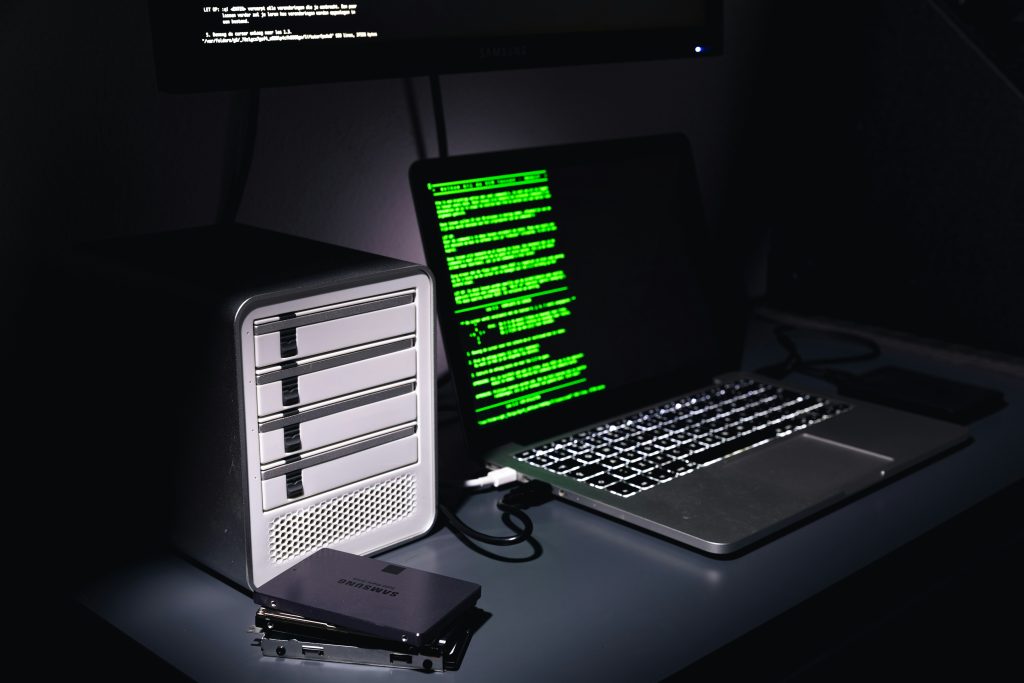Cybersecurity today is a battlefield without borders. Attackers are not waiting for businesses to run quarterly checks or patch systems when convenient. They move fast, they adapt, and they exploit every overlooked gap. This is why Continuous Threat Exposure Management (CTEM) has become the new language of defense. It’s no longer about scanning once in a while—it’s about living with a constant awareness of your digital exposure.
From the very start, CTEM changes how we think about cyber resilience, cybersecurity practices, and digital security frameworks. It’s not just about stopping breaches—it’s about building systems that anticipate, adapt, and respond before attackers strike. When we compare CTEM vs traditional VM, explore modern tools, focus on integrating with SOC, and calculate the RO, it becomes clear: the future of security lies in exposure management that never sleeps.
CTEM vs Traditional VM: Why the Old Way Falls Short
CTEM vs traditional VM is a debate that defines the shift we’re seeing in cybersecurity. Traditional vulnerability management (VM) was designed for another era. Back then, companies ran scans once a month, sometimes once a quarter. Reports were printed, shared with IT, and gradually patched. It worked when threats moved slowly.
But today, attackers don’t move slowly. They move in real time. They don’t wait for your patching schedule. They exploit vulnerabilities as soon as they’re revealed. That’s where CTEM breaks the cycle.
CTEM is not about lists. It’s about priorities. Traditional VM often overwhelmed teams with endless vulnerabilities. CTEM focuses on what matters most—what’s exploitable, what’s visible, and what has the biggest business impact. Cyber teams no longer waste time chasing every weakness. Instead, they chase the weaknesses that actually put the company at risk.
This is why the CTEM approach feels different. It’s not reactive—it’s predictive. It’s not about cleaning up after a mess—it’s about preventing the mess from happening.
CTEM Tools: The Engines Behind Continuous Defense
Cyber defenses are only as good as the tools behind them. CTEM tools are not optional add-ons; they are the engines that keep the system alive. They scan, analyze, contextualize, and report—continuously, not occasionally.
A powerful CTEM tool does three things well. First, it pulls data from everywhere: cloud, on-prem, IoT, applications, and endpoints. Second, it enriches that data with intelligence, highlighting what attackers are targeting right now. Third, it puts this into a dashboard that anyone—from the SOC analyst to the CISO—can actually use.
Some tools simulate attacks. Others integrate with penetration testing or red-team exercises. Many are powered by AI, predicting where the next breach might emerge. Together, they form an ecosystem that doesn’t just show you the state of your network—it shows you where your next fight will be.
The best part? CTEM tools don’t force you to abandon your current setup. They integrate. They connect with what you already use. This adaptability is why organizations of all sizes—from startups to enterprises—are adopting them as core parts of their digital security strategy.
Integrating CTEM with SOC: Turning Noise into Action
Cybersecurity teams often suffer from one problem: too much noise. SOC analysts face thousands of alerts every day. Buried in that noise are the few alerts that really matter. Without context, it’s almost impossible to separate signal from noise.
This is where integrating CTEM with SOC changes the game. Imagine a SOC dashboard that doesn’t just tell you something is wrong—it tells you how exploitable it is, whether it’s actively being attacked, and how much damage it could cause. That’s the difference CTEM brings.
With CTEM data feeding into SOC workflows, analysts move faster. They don’t just react—they prioritize. They don’t just respond—they anticipate. And as they do, collaboration across teams improves. Incident response, vulnerability management, and risk officers start speaking the same language.
The SOC becomes proactive instead of reactive. It’s not just a place for alarms. It’s a place for strategy.
CTEM RO: Measuring Value in Cybersecurity
Every business decision eventually comes down to value. So what is the CTEM RO? How do you measure the return on investing in continuous threat exposure management?
It’s tempting to look at numbers—fewer breaches, reduced downtime, lower costs of incident response. Those matter. But the true value of CTEM lies in resilience and trust.
When your business can show regulators, customers, and partners that you monitor exposures in real time, you’re not just meeting compliance. You’re building confidence. That trust can be more valuable than the money saved from avoiding an incident.
Another way to see CTEM RO is efficiency. By filtering out low-priority vulnerabilities, teams waste less time. They patch smarter. They fix faster. They spend resources where they matter most. That’s not just good security—it’s good business.

Ten Proven CTEM Techniques to Stop Cyber Chaos
Cyber chaos thrives on blind spots. CTEM removes those blind spots with a structured, proactive approach. Here are ten proven techniques that bring the promise of CTEM to life:
1. Risk-Based Prioritization
CTEM begins with context. Not all risks are equal. Focus on what could actually harm your business. By aligning vulnerability severity with business impact, you make smarter decisions and protect what truly matters.
2. Continuous Scanning Automation
Scanning once a month is no longer enough. Automated scanning means exposures are caught as soon as they appear. This creates a living picture of your attack surface.
3. Threat Intelligence Integration
A vulnerability might seem harmless—until attackers start exploiting it worldwide. CTEM tools that integrate live threat intelligence give you the urgency needed to act before you become a headline.
4. Real-World Attack Simulation
Theory only goes so far. Simulations such as red teaming or breach-and-attack tools test your defenses against real scenarios. They reveal how vulnerabilities behave in practice, not just in theory.
5. SOC Collaboration at Scale
Integrating CTEM with SOC ensures alerts are prioritized, not ignored. Teams no longer drown in data—they act on the risks that matter.
6. Cloud-Native Security Focus
With cloud adoption soaring, CTEM must evolve to cover cloud-specific risks. Misconfigured APIs, container issues, and hybrid setups require tailored monitoring that traditional VM can’t provide.
7. Shared Responsibility Culture
Exposure management is not just IT’s job. Developers, compliance officers, and executives should see the same dashboard. Transparency builds accountability.
8. Continuous Patching Cycles
CTEM is incomplete without action. Continuous patching and virtual patching close vulnerabilities faster. The result is shorter exposure windows and fewer opportunities for attackers.
9. Metrics That Speak to Business Leaders
Measure CTEM RO with metrics like reduced Mean Time to Remediate (MTTR). But don’t stop at technical numbers. Translate them into cost savings, downtime reduction, and compliance wins.
10. AI and Predictive Automation
The next frontier of CTEM lies in artificial intelligence. Machine learning predicts which vulnerabilities are most likely to be exploited. It doesn’t replace analysts—it empowers them to act before chaos erupts.
Cybersecurity Needs CTEM Now, Not Later
Cyber resilience is no longer a luxury—it’s survival. CTEM is not a trend. It’s the evolution of how organizations must defend themselves in the digital age. Traditional VM reacts. CTEM anticipates. Cyber teams that embrace it move from chasing threats to shaping their defenses with intelligence.
The secret of CTEM is not just in technology. It’s in mindset. It’s in the decision to stop waiting and start acting continuously. The best CTEM tools, the smoothest integrating with SOC, and the strongest focus on RO all point in the same direction: resilience.
Cyber chaos will never stop trying to break through. But with CTEM, businesses can stop the chaos before it begins.




